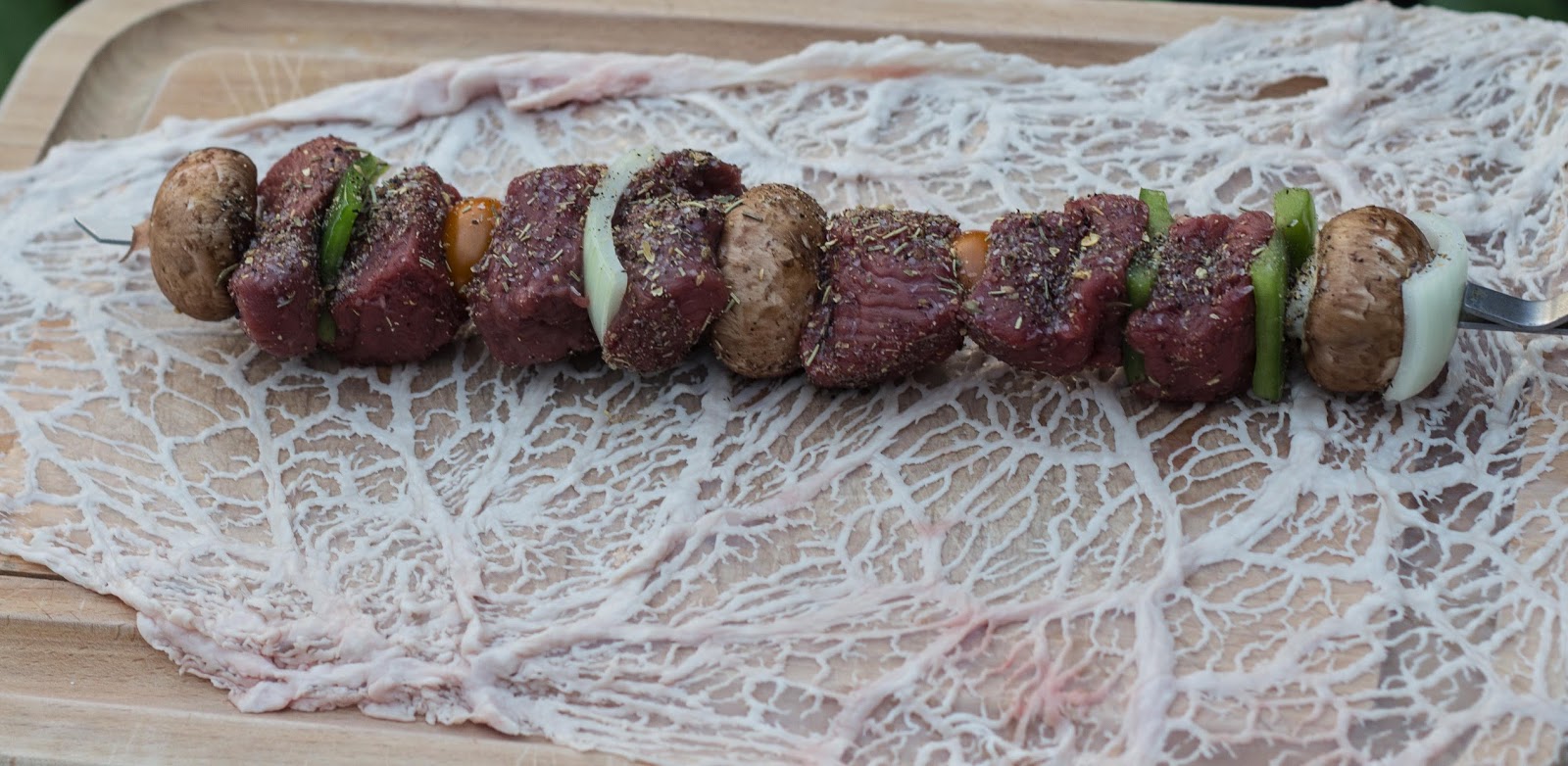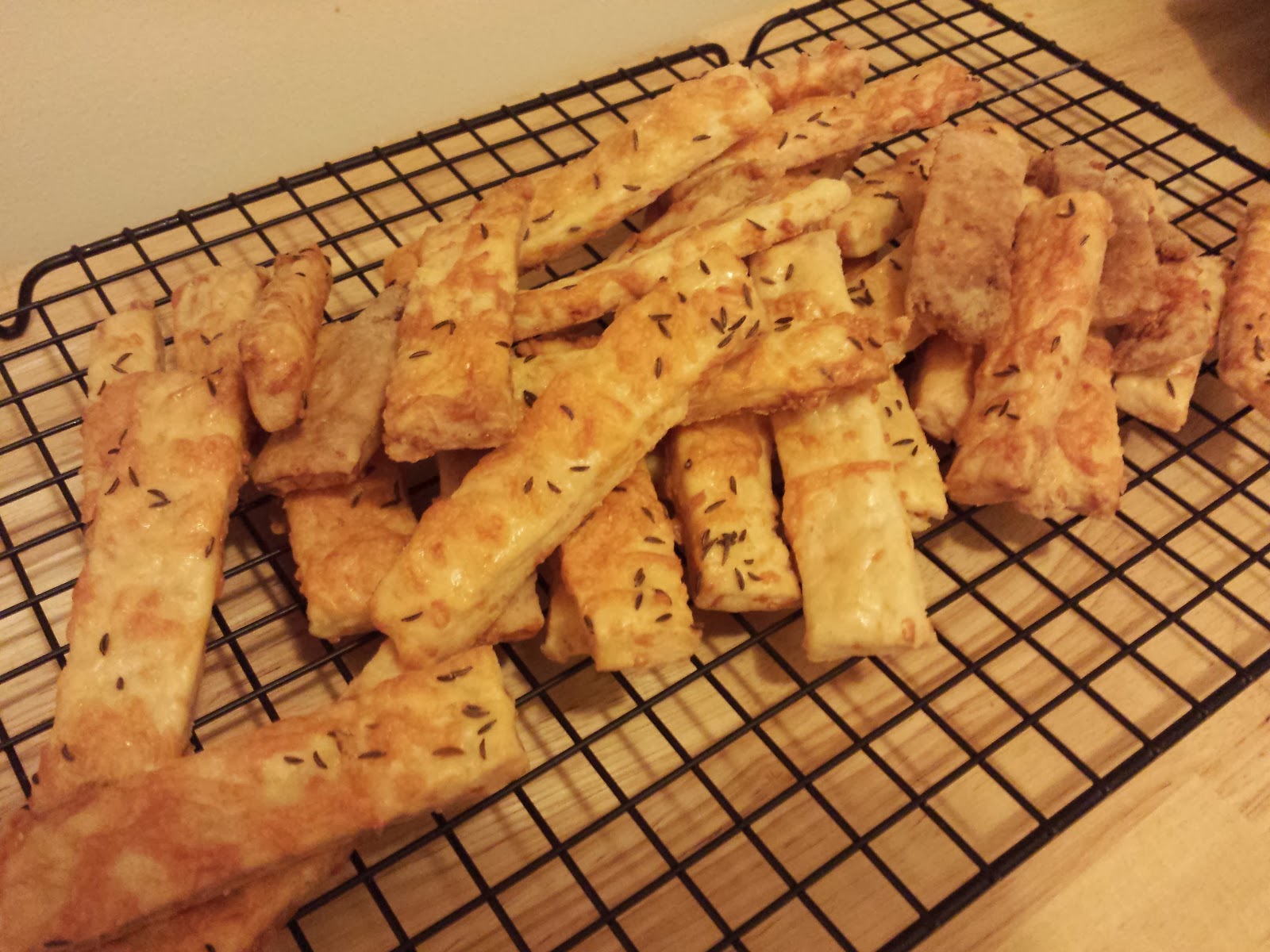Cooking and Grilling with Berkshire Caul Fat
At this point in August the summer grilling season is in high gear. The farmer’s markets are in full swing, the weather is perfect for cooking outdoors, and there are still autumn months of tailgating to fill with charcoal and wood smoke.
It’s also time to embrace the majesty of caul fat on the grill. Caul fat is a membrane that secures a pig’s internal organs. In practicing good animal husbandry, North Woods Ranch makes sure to save this valuable fat from their heritage breed hogs. Caul fat, although not a common item, is very easy for novices to work with in the kitchen.
Unwrapping a package of caul fat reveals a thin, transparent sheet of membrane with a lacy web of fat striations woven throughout. When cooked, the fat begins to render out and the membrane crisps up like a sausage casing. These two qualities make caul fat perfect for wrapping up kebabs on the grill.
The fat bastes the meat, keeping everything moist and juicy, while the membrane keeps any stray onion or pepper pieces from falling off into the grill as they soften on the kebab skewer. Plus, caul fat seals up tightly as it cooks so there is no need to secure the fat with string or wooden picks.
Along with kebabs caul fat is perfect for making larger, burger-sized patties, which Italian and French recipes call crepinettes. If you’re dealing with a loose meat mixture, like the Berkshire pork, spinach, olive, and preserved lemon pictured here, caul fat is great for ensuring a solid patty that won’t fall apart on the grill.
Once the kebabs or crepinettes have finished cooking on the grill, the caul fat can be eaten and enjoyed like a sausage casing, or removed if desired.
Eating caul fat is much like eating the skin on a roast chicken; some people will always remove it, others can’t imagine passing it up.







Comments
Post a Comment